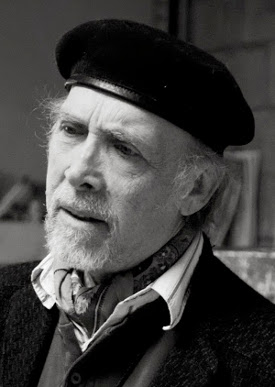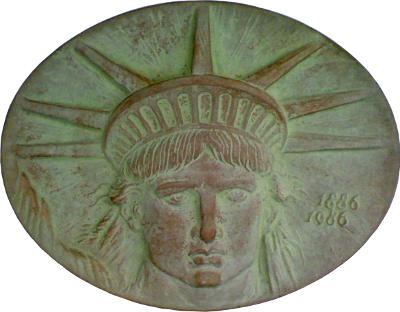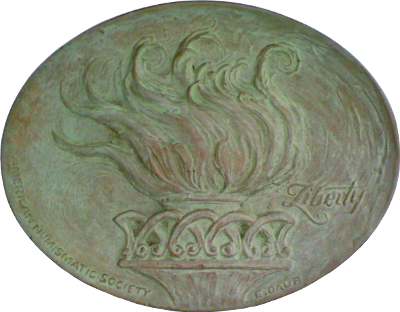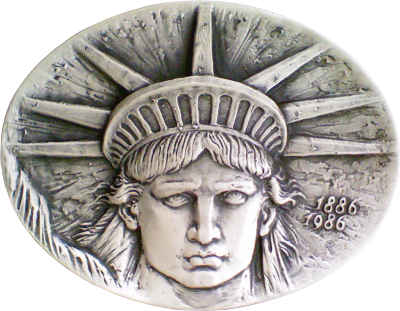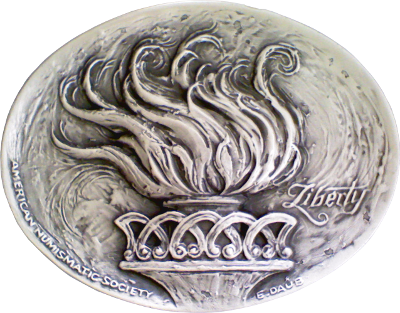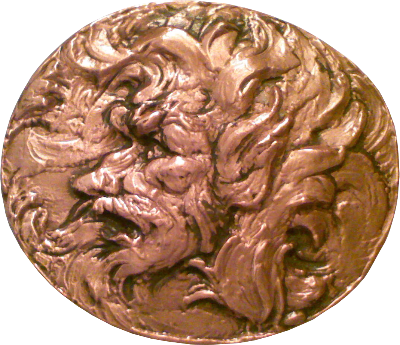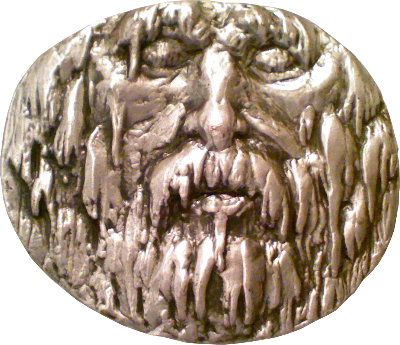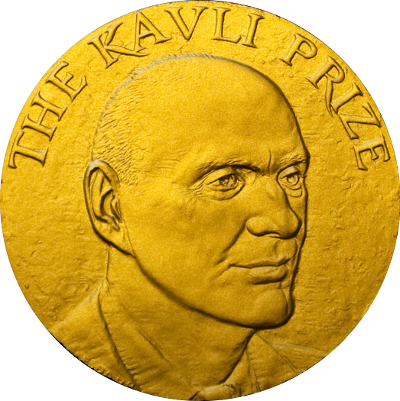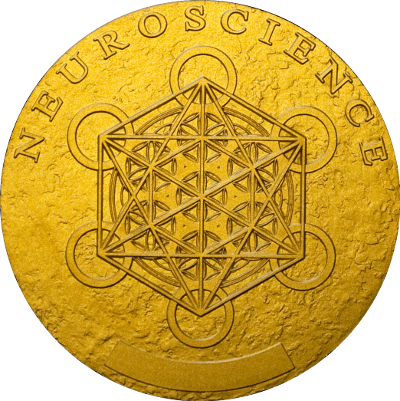Eugene Daub is recognized as one of today's foremost U.S. sculptors. He attended the Pennsylvania Academy of the Fine Arts in Philadelphia and taught there as well. He has been an instructor at the Scottsdale Artists' School, and designer of the first Philadelphia Liberty Medal, which that city awards every year to a champion of world peace.
Daub describes what relief sculpture means to him:
"I simply love form: people, plants, animals, and architecture. As I observe it all, I wish to put my own slant on it, to reinvent it, with my own change of emphasis. For me the richest vein to mine, is the zone between 3D form and drawing; relief sculpture is that zone, it achieves that symbiotic relationship that captures and arrests the image at its finest moment. It's pure theater, Harness form; compose it through your special lens that allows you to See the picture you want, through composition and perspective. Then modulate that with high and low relief. The only thing missing is music."
In 1985, Daub won first place in an international competition for the design of the Statue of Liberty Medal, issued by the American Numismatic Society. His work is in the collections of the Smithsonian Institution and the British Museum, and in 1991, he won the Saltus Award, the highest national and international recognition of the American Numismatic Association for excellence in bas-relief sculpture. He is a Fellow of the National Sculpture Society and has served on its board for many years.
In 2004, Daub joined with Rob Firmin to form Daub & Firmin Sculpture Studios, LLC. In December 2009, they won the design competition to create a Rosa Parks statue for the U.S. Capitol.
Sourced mainly from Wikipedia and the artist.
